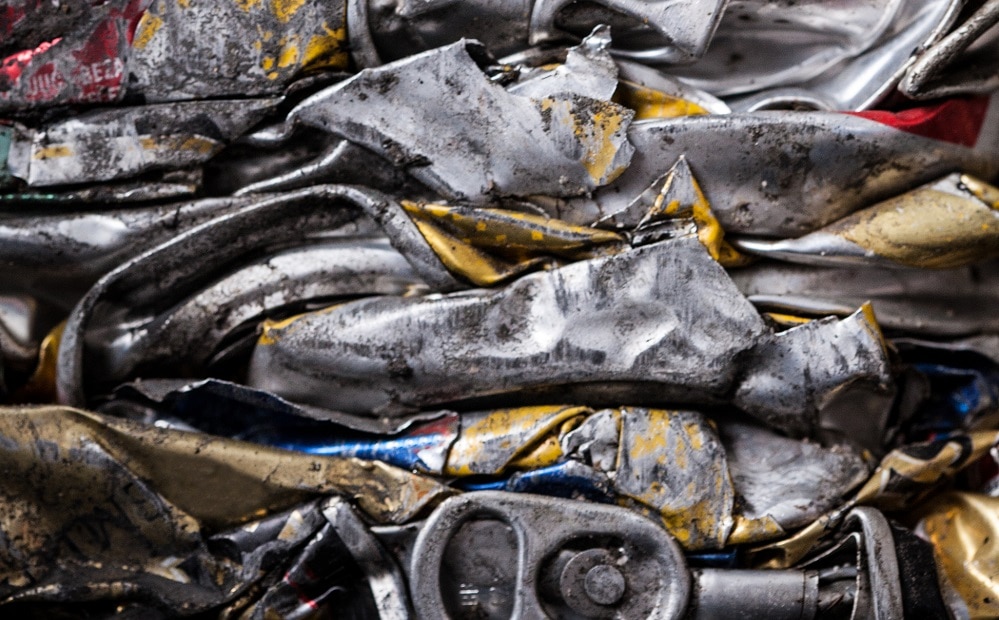Cash for cans another paradigm shift for recycling in NSW
By introducing a container deposit scheme, NSW has done more than just give consumers ten cents for recycling cans and bottles.
Announced on May 8, 2016 by NSW Premier Mike Baird, the new cash for cans scheme in NSW is set to mirror the scheme which has operated in South Australia since 1977. The impending introduction of the scheme follows more than 15 years of lobbying by green groups.
While the scheme is not as commercially significant as landfill levies or changes to licencing legislation – it means a shift in values on the part of the State representing close to half of Australia’s population. For the first time, the NSW Government has decided it will put a price on litter.
Such a move represents a significant change in the appetite for ‘values’ based rather than ‘economic’ based recycling in NSW. As many economists have pointed out, in an unregulated market most waste materials would either be buried or burnt, with the exception of paper and metals, which have inherent value on the commodities market.
Given current landfill prices, recovery beyond this baseline requires subsidy, either on the part of Government or via extended producer responsibility.
However, while a free market would dictate that many resources be sent to landfill, this view does not price the pollution reduction or long term benefit of resource conservation inherent to recycling. Nor does it price the environmental damage caused by litter.
While South Australia has worked to price these ‘externalities’ since the 1970s, few other states followed its example. However, beginning in 2010, a bi-partisan approach to supporting ‘environmental values’ based recycling began in earnest in NSW.
This approach took many forms. It began with a rapid escalation of landfill levies, which between 2010 and 2016 doubled across the State. This had a dramatic effect on recycling in the State. NSW smashed through (both figuratively and literally) its 2014 Waste and Resource Recovery (WARR) target, and followed by setting an ambitious target to recover 75% of all post economy resources by 2021.
With the newly increased landfill levies now bringing in more than $500 million per year, NSW also began to directly subside recyclers by returning this money to industry.
In 2011 the NSW Government launched the five year Waste Less, Recycle More program, offering an unprecedented $465.7 million. This is Australia’s largest ever recycling stimulus program – to date the results have been impressive.
However, with landfill prices rapidly escalating, the economic incentive to dump also increased. To counter this, former NSW Environment Minister Rob Stokes increased fines for dumping by more than ten times. He also funded new anti-dumping investigation squads and empowered the EPA with new regulatory tools such as mandatory GPS tracking for waste trucks.
Now, the NSW Government’s recent decision to create a strong and broad container deposit scheme in the State represents another progressive move. The move may see NSW leap ahead of South Australia as the national leader in resource recovery.
Importantly, it reflects a State with a willingness to make real investments in a circular economy, putting value on both pollution reduction and the long term value of non-renewable resources.
By Alex Serpo (Director, Resource Recovery Biz)
-
Subscribe to NSW's biggest platform for waste, recycling and resource recovery
- SUBSCRIBE

